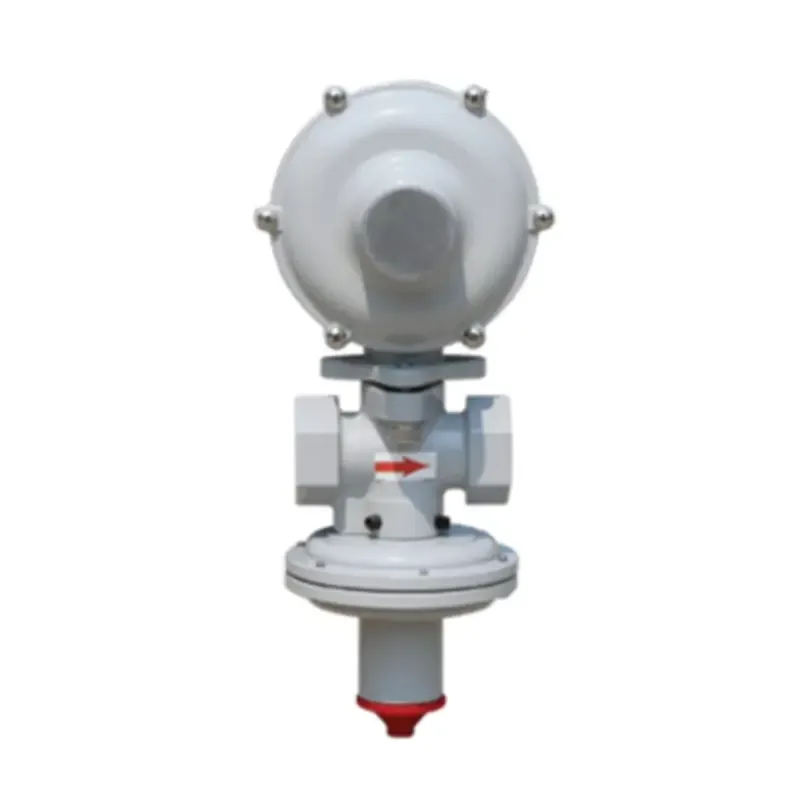
Oct . 21, 2024 22:59
Back to list
relief valve
Understanding Relief Valves Essential Components for Safety and Efficiency
Relief valves are critical components used in various industrial applications to maintain safety and ensure the efficient operation of systems that handle fluids under pressure. These valves play a vital role in preventing equipment failures, potential explosions, and other hazardous situations that could arise from excessive pressure buildup.
What is a Relief Valve?
At its core, a relief valve is a safety device designed to automatically release excess pressure from a system when it exceeds a predetermined set point. This mechanism is crucial in a wide range of applications, including steam boilers, hydraulic systems, and chemical processing facilities. The primary function of a relief valve is to protect equipment and personnel by regulating the pressure within a system, thereby preventing catastrophic failures.
How Relief Valves Work
Relief valves operate based on a simple principle when the pressure in a system rises above the valve's set point, the valve opens, allowing fluid to escape. This release of pressure can occur through a spring-loaded mechanism or a pilot-operated system, depending on the design of the valve. Once the pressure decreases to a safe level, the valve automatically closes, ensuring that the system returns to normal operating conditions.
Types of Relief Valves
There are several types of relief valves, each suited for specific applications and pressure conditions. The most common types include
relief valve

1. Spring-loaded Relief Valves These are widely used in various industries and rely on a spring mechanism to maintain the valve closure until the set pressure is exceeded.
2. Pilot-operated Relief Valves These valves utilize a smaller pilot valve to control the larger main valve. They are often used in high-pressure applications and provide more precise pressure control.
3. Safety Valves and Relief Valves While often used interchangeably, safety valves typically operate on gases and are designed for faster response times compared to relief valves, which are commonly used for liquids.
Importance of Regular Maintenance
To ensure optimal performance and safety, regular maintenance and testing of relief valves are essential. Over time, valves can become fouled or corroded, which can lead to malfunctions or failures. Periodic inspections help identify any potential issues, allowing for timely repairs or replacements.
Conclusion
In conclusion, relief valves are indispensable safety devices in various industrial applications. By meticulously controlling and regulating system pressures, they protect both equipment and human life. Understanding the different types of relief valves and their operations is crucial for engineers and safety professionals to ensure safe, efficient, and reliable industrial processes.
Latest news
-
Safety Valve Spring-Loaded Design Overpressure ProtectionNewsJul.25,2025
-
Precision Voltage Regulator AC5 Accuracy Grade PerformanceNewsJul.25,2025
-
Natural Gas Pressure Regulating Skid Industrial Pipeline ApplicationsNewsJul.25,2025
-
Natural Gas Filter Stainless Steel Mesh Element DesignNewsJul.25,2025
-
Gas Pressure Regulator Valve Direct-Acting Spring-Loaded DesignNewsJul.25,2025
-
Decompression Equipment Multi-Stage Heat Exchange System DesignNewsJul.25,2025

